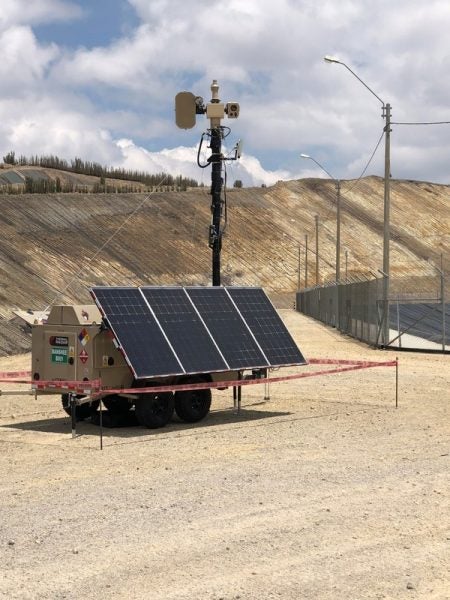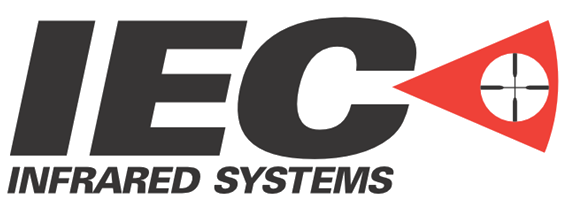
The Banshee Active Denial Threat Mitigation System is a mid-range to long-range radar-guided camera and threat mitigation system that allows friendly forces to monitor very large areas for intruders or enemy forces. The Banshee provides 360-degree detection of human intrusion at distances up to 500 meters. Vehicles can be detected up to 1000 meters.
When a target is found, long-range thermal and visual cameras are precisely guided to the target, in day or night conditions, to determine if the target is a threat. If the target is a threat, the operator can engage several levels of non-lethal mitigation devices to deter and mitigate the threat.
This system is in use in both commercial and US military applications.
Threat Mitigation

The Banshee System utilizes three levels of threat deterrence to impede the approach of human or vehicle intrusion. Each of these methods provide a non-lethal way to disorient and halt an intruder as well as making it impossible for the intruder to sight a weapon.
A 143db Long-Range Acoustical Device (LRAD) is used to give verbal commands or an extremely loud siren to impact the intruder’s hearing and cause disorientation.
The 12 million candle power white spotlight has a focusable lens to illuminate in wide or narrow FOV and can activate a strobe mode to impair an intruder’s vision and disorient at nighttime operation.
Green laser dazzler impairs the intruder’s vision day or night, causing disorientation and making it impossible for an intruder to aim a weapon. Dazzler intensity is regulated by a laser range finder to prevent lasting vision effects within the 100-meter Nominal Ocular Hazard Distance (NOHD) zone.
Command and Control
Banshee comes with its own C2 system which can be integrated with other C2 systems as well as additional sensors as required to meet changing threats and leverage new technologies. All control and configuration are managed by one interface on one workstation by a single operator.
Scalability
The system provides accurate geolocation of the target and can share that data with other connected systems using its fully integrated middleware. The same middleware allows the system to accept detection cues from other sensors. Further, the system can be tailored with different radars and optics to create specific configurations that are optimized for scenarios where differing ranges are needed.

